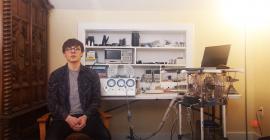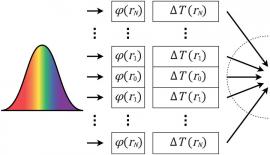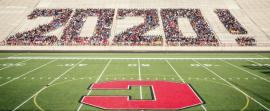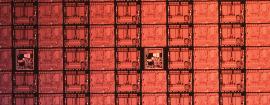
Student team eyes next steps for ventilator designed in a bedroom lab
Landon Ivy started his Ph.D. work with Professor Amit Lal’s SonicMEMS Lab, developing new processes for micro electrostatic linear actuators which will eventually drive the locomotion of a microbot. He had cultivated an affinity for working on hardware during his undergraduate studies, and when he got to Cornell he spent as much time as he could in the Cornell NanoScale Facility (CNF). Then the pandemic forced Ivy along with all of his SonicMEMS Lab colleagues off campus. “A few days later, Dr. Lal got the word that there would be a ventilator shortage, so he encouraged the group to brainstorm... Read more




